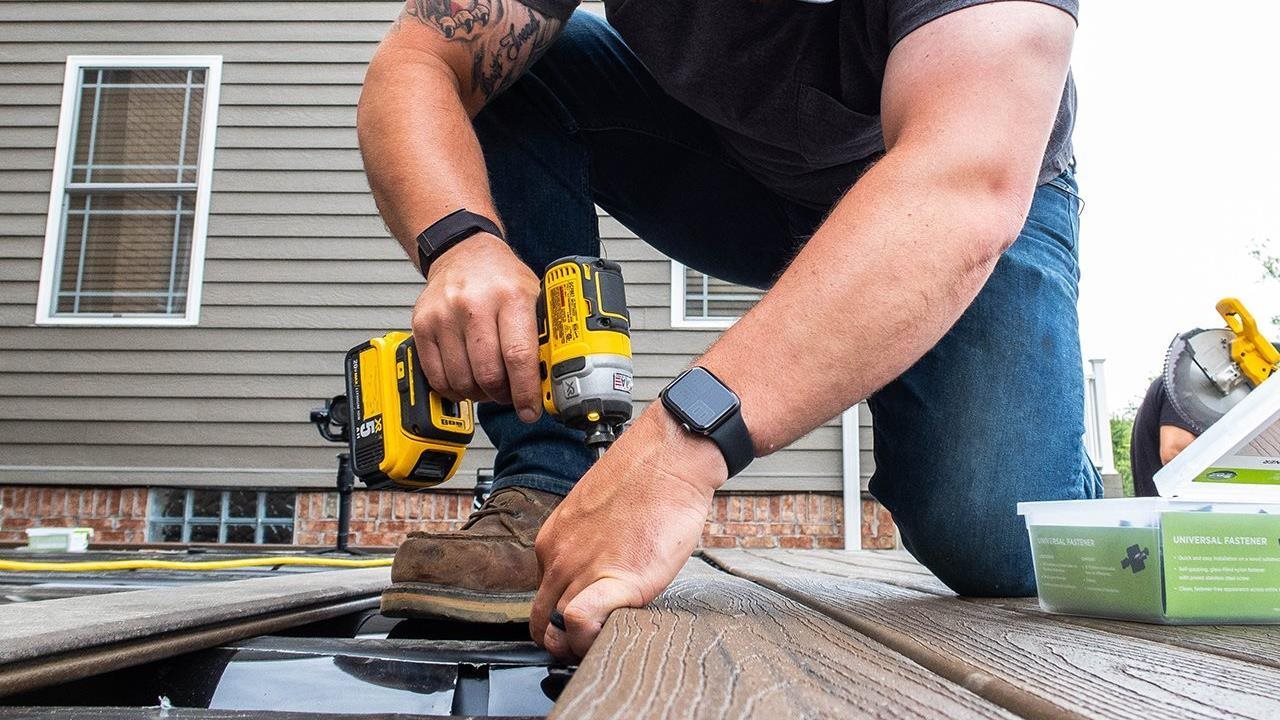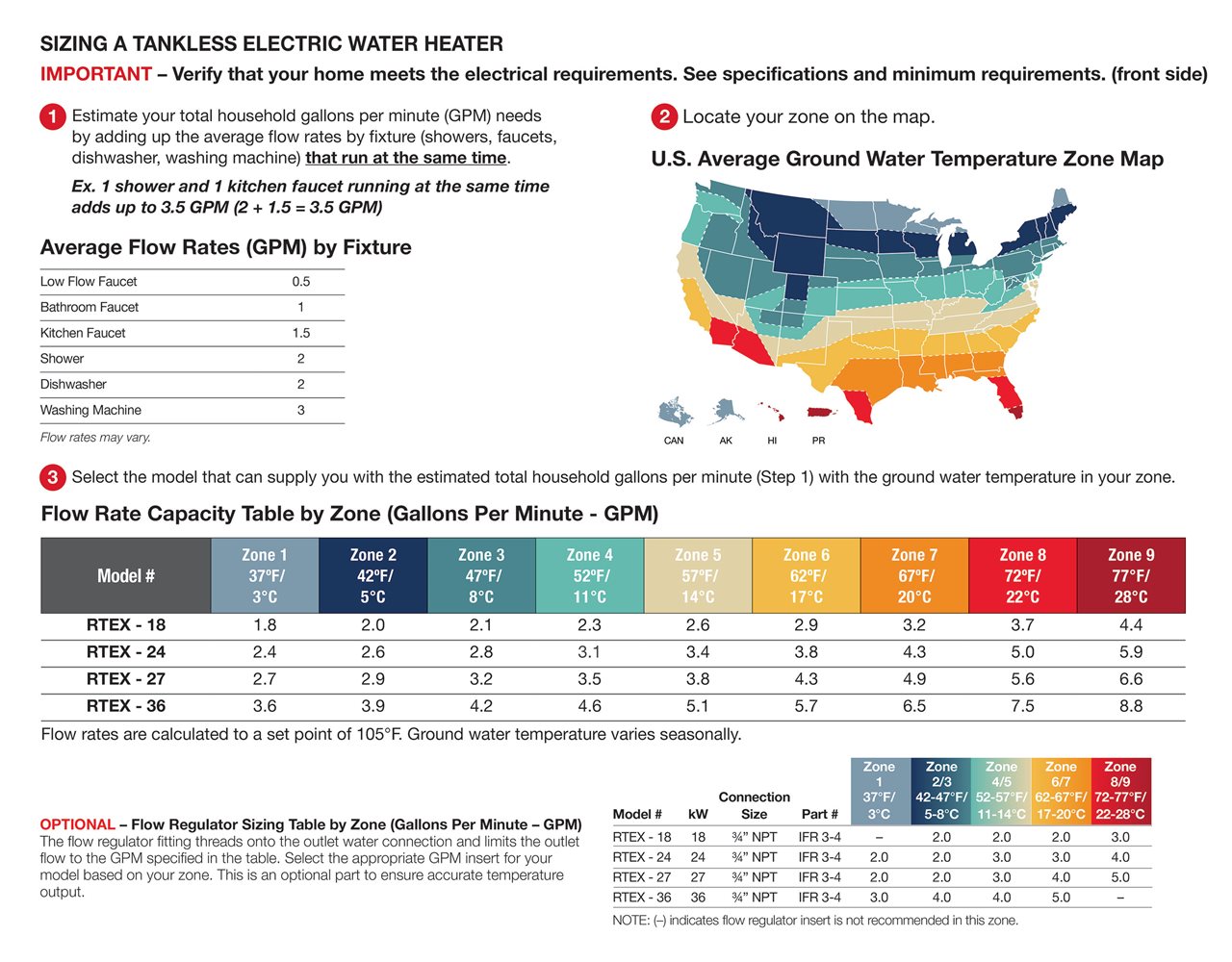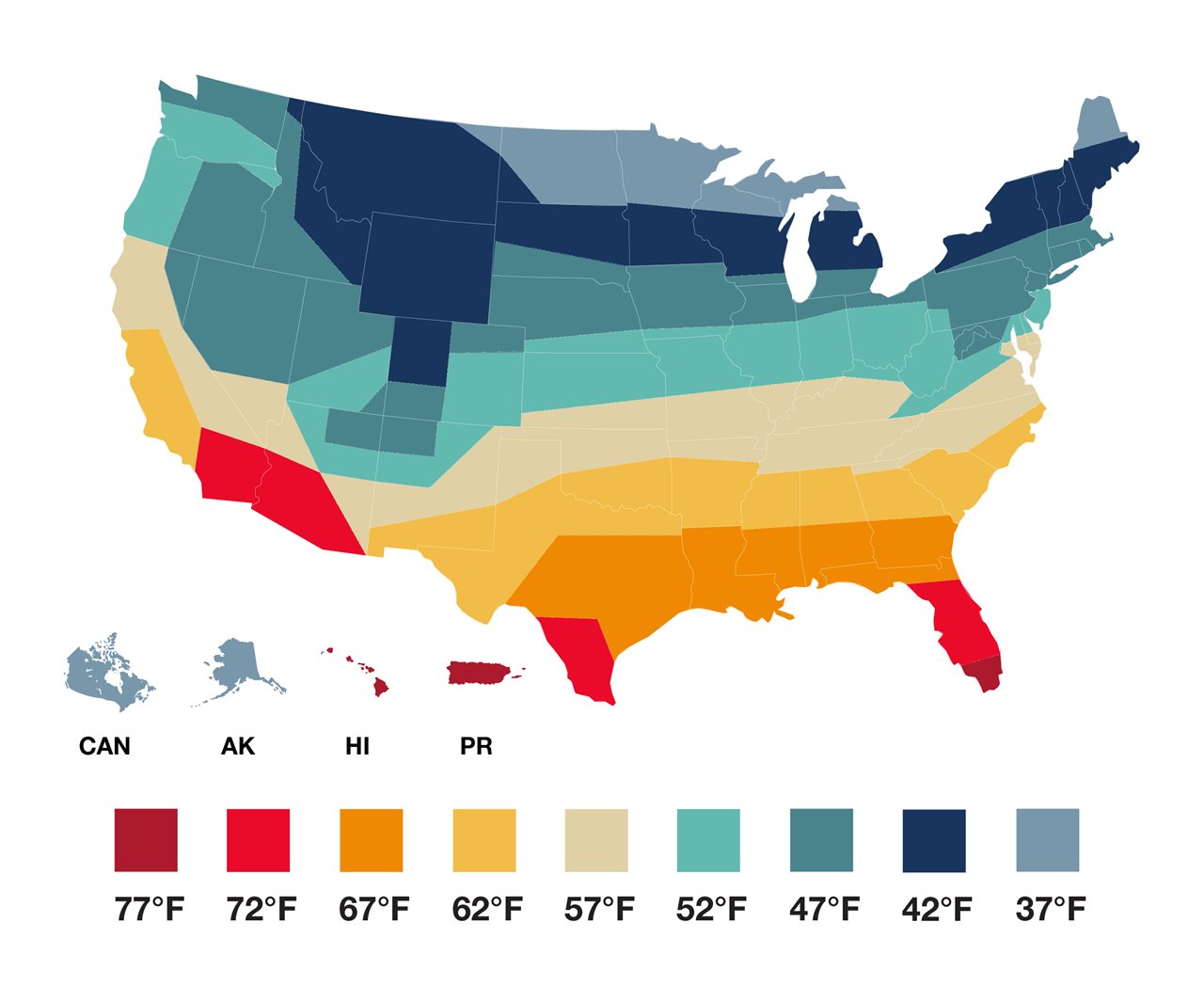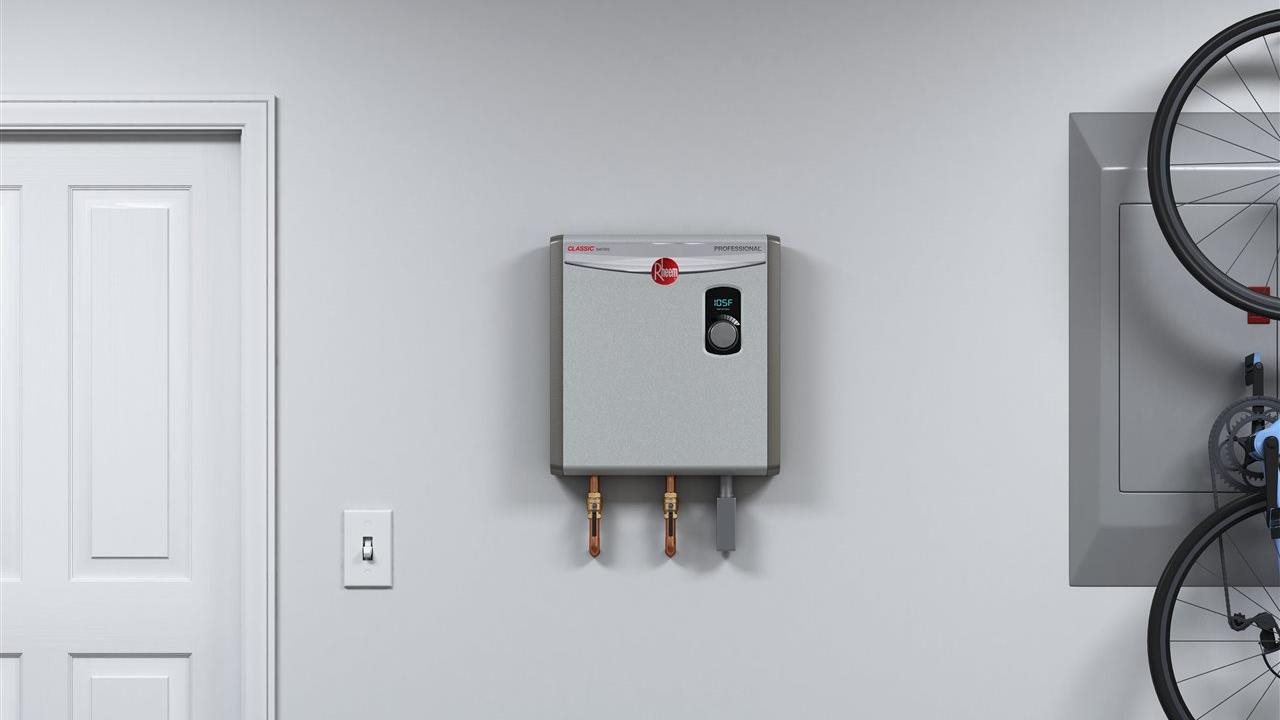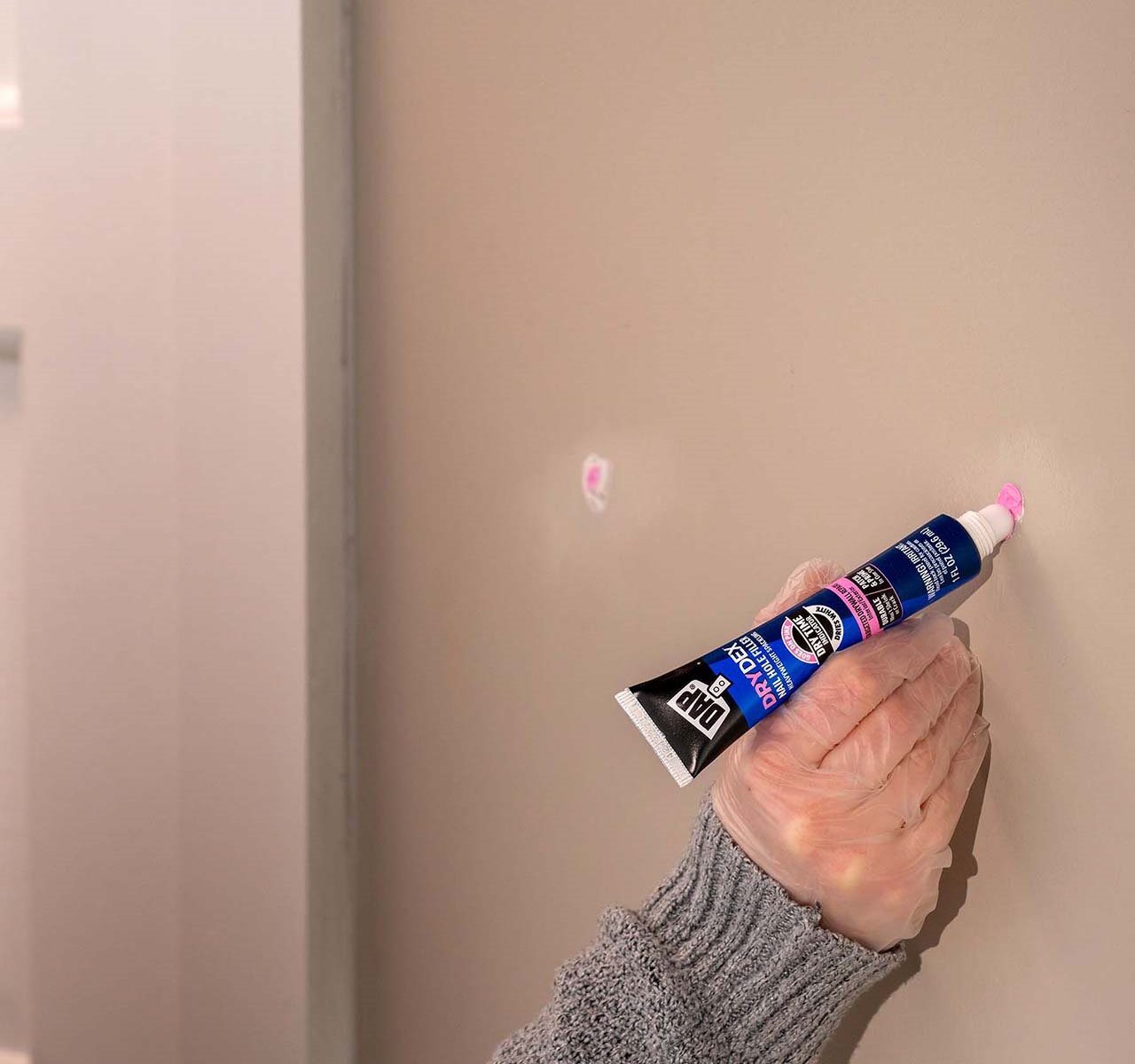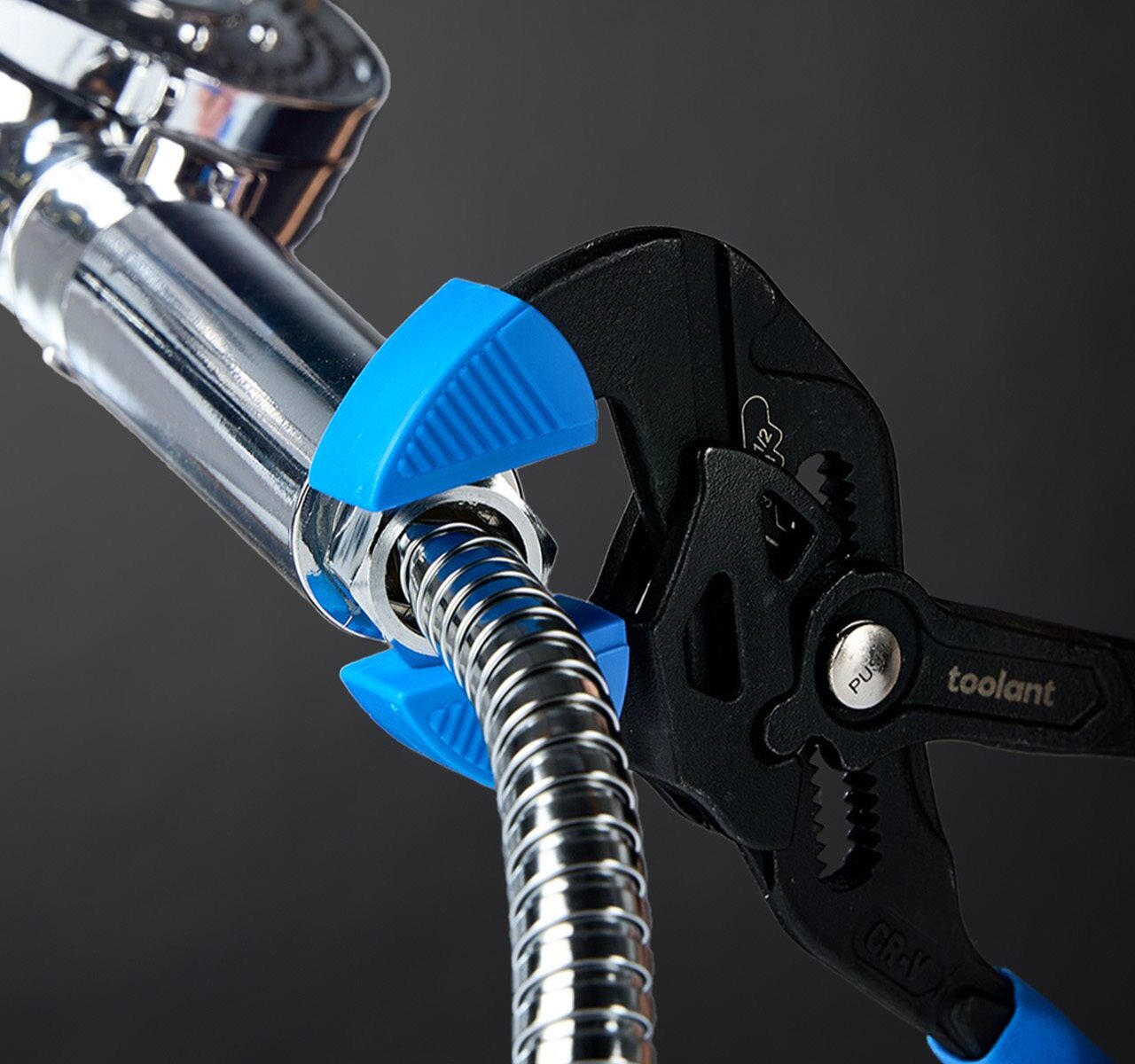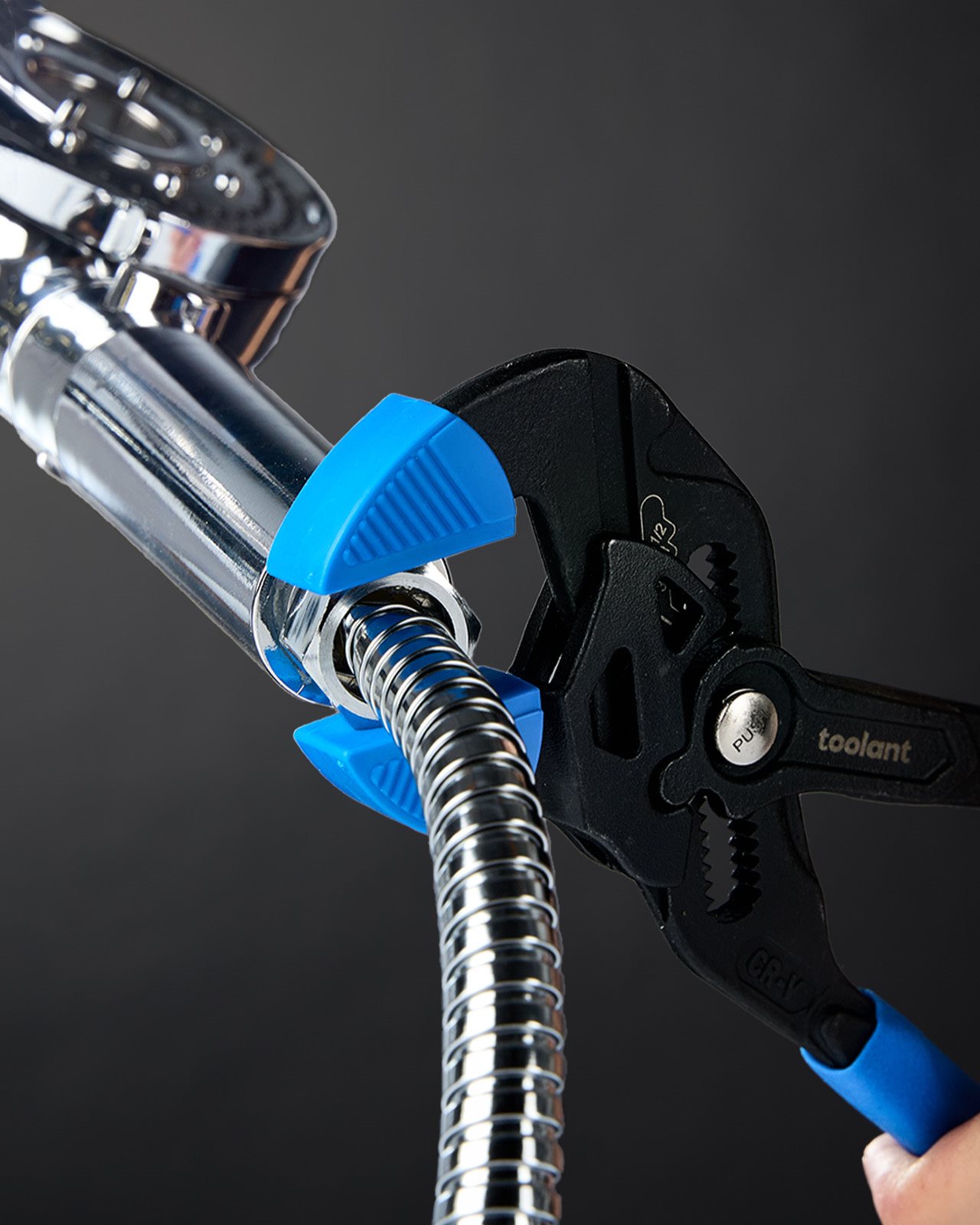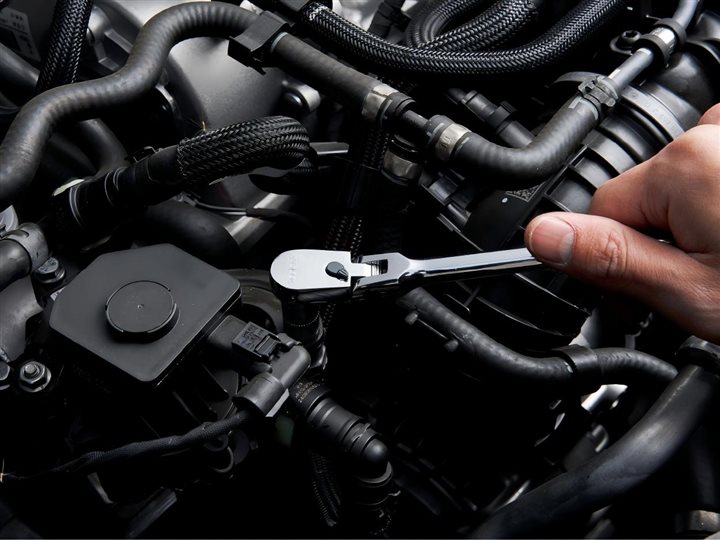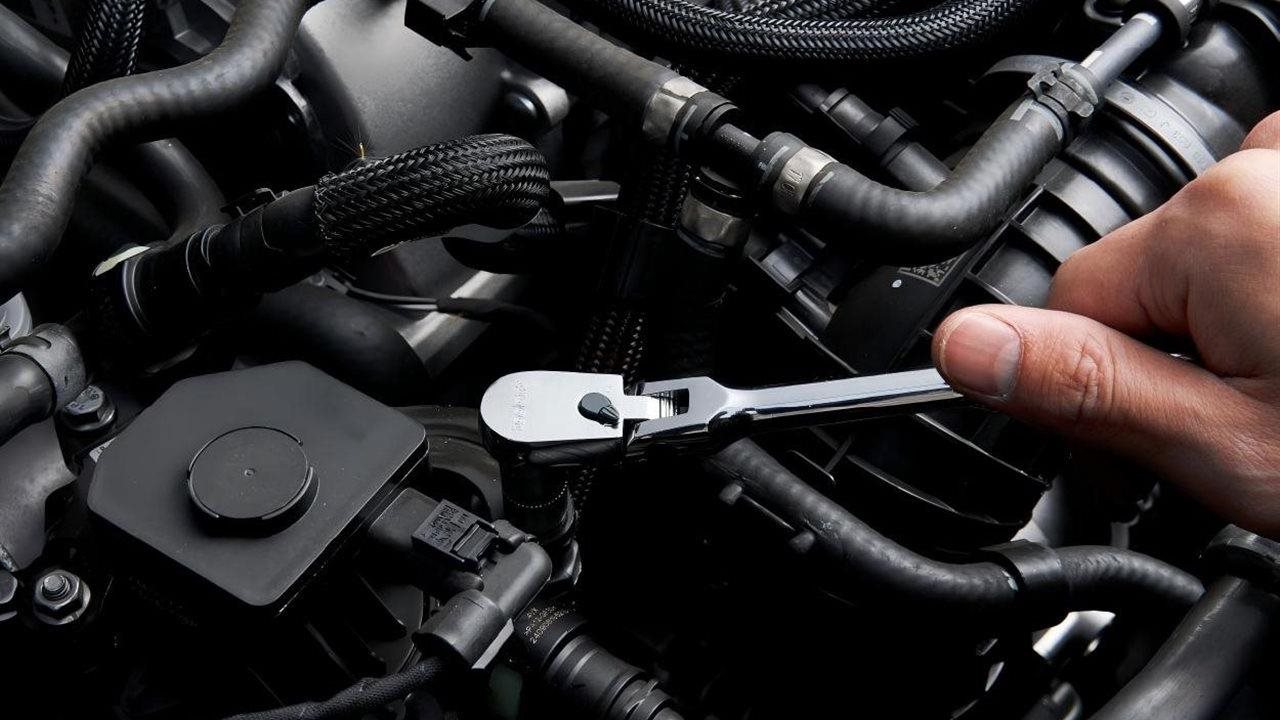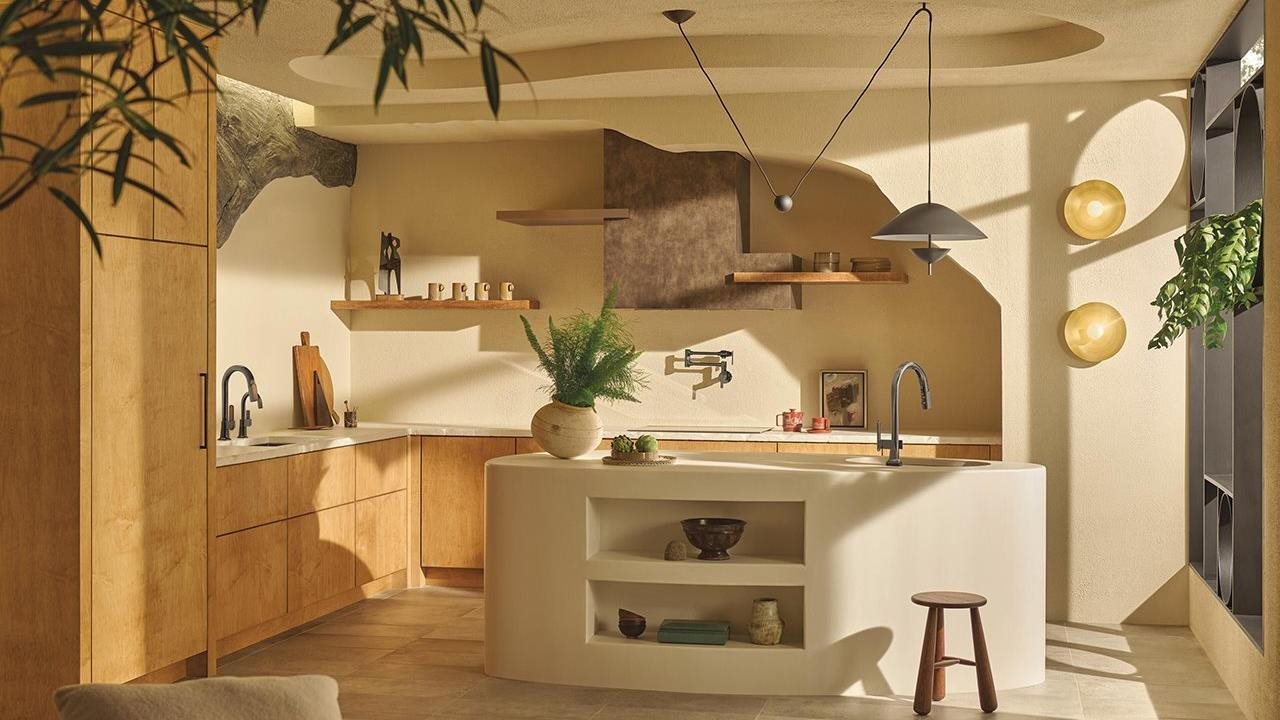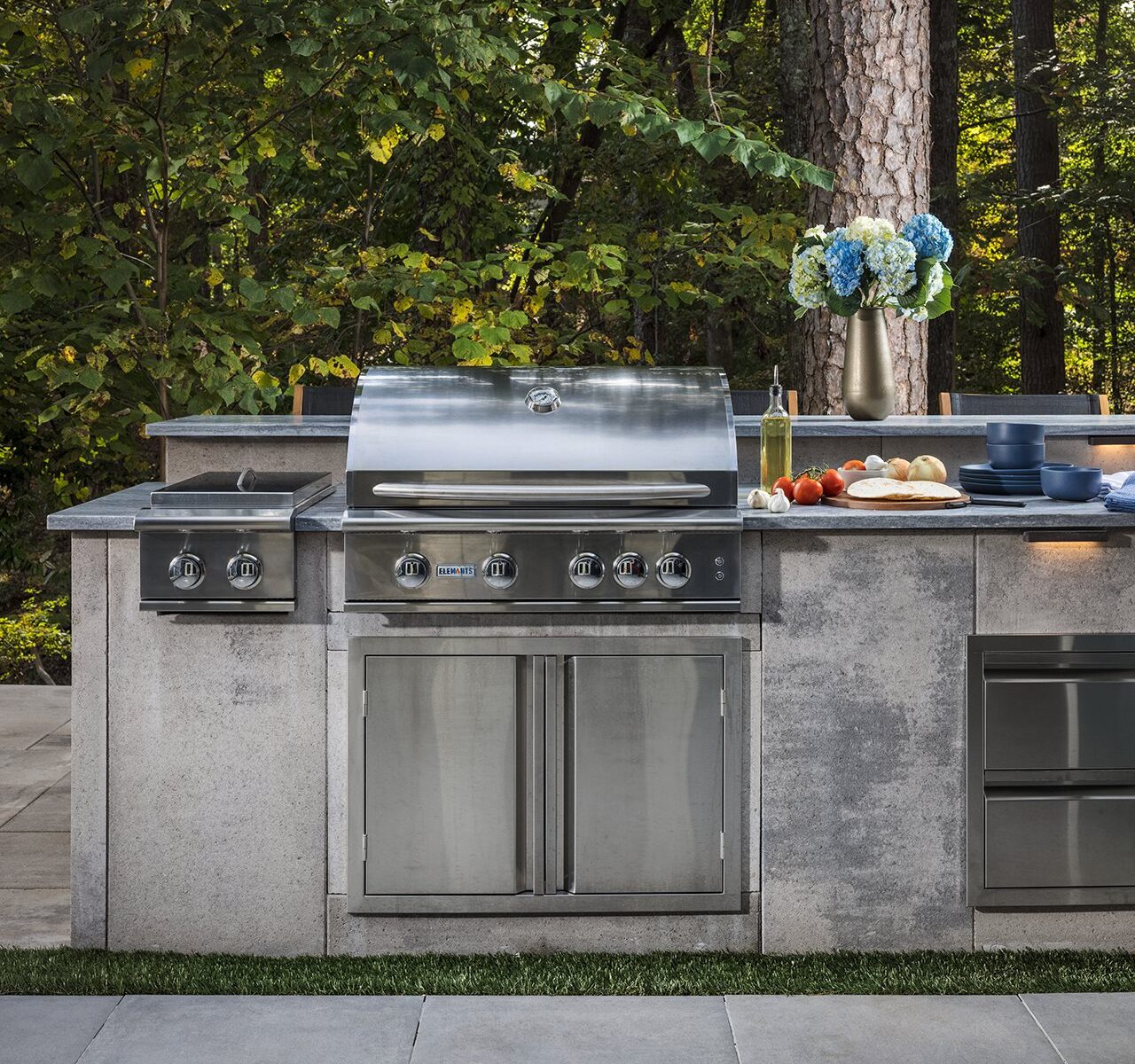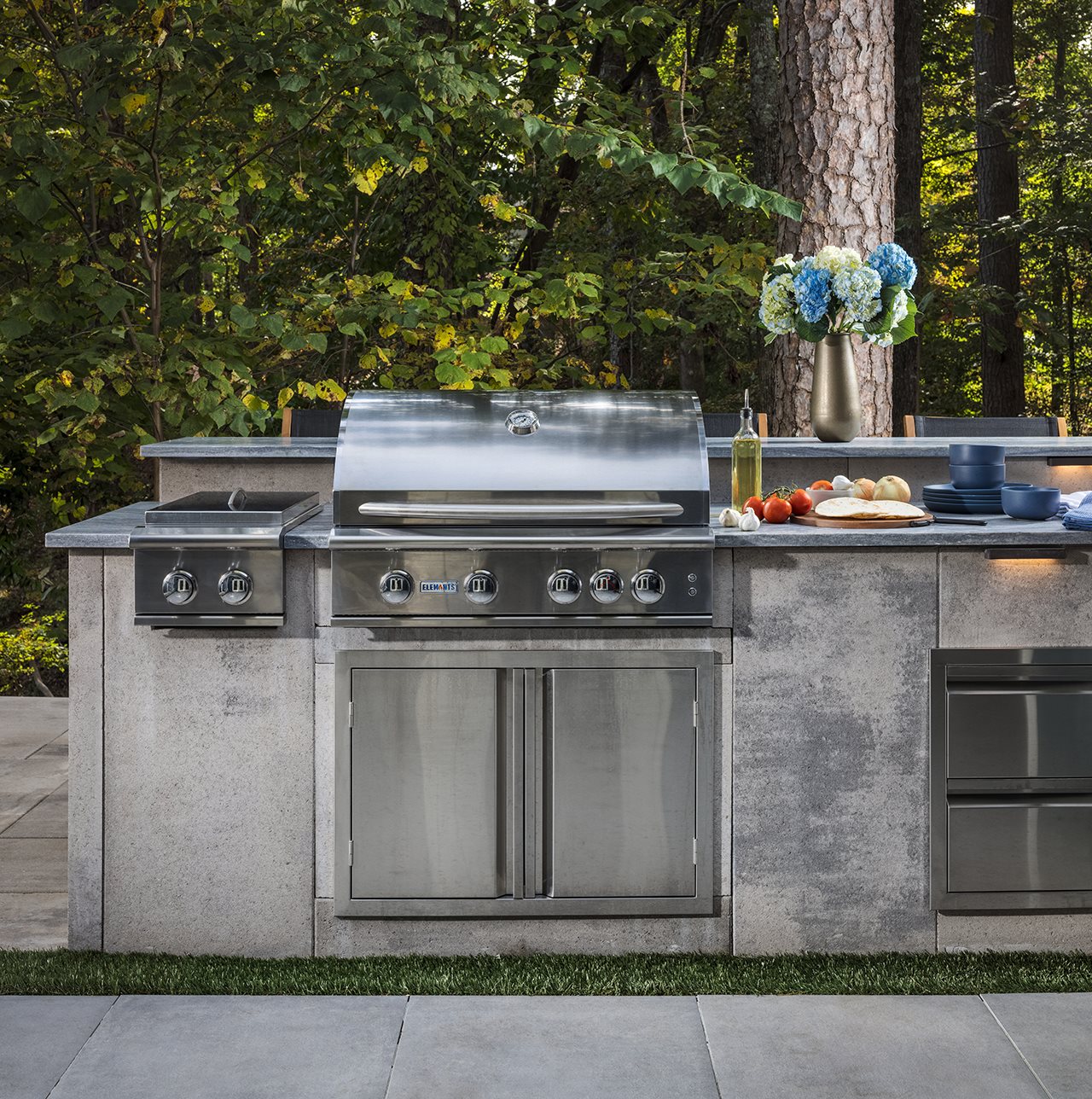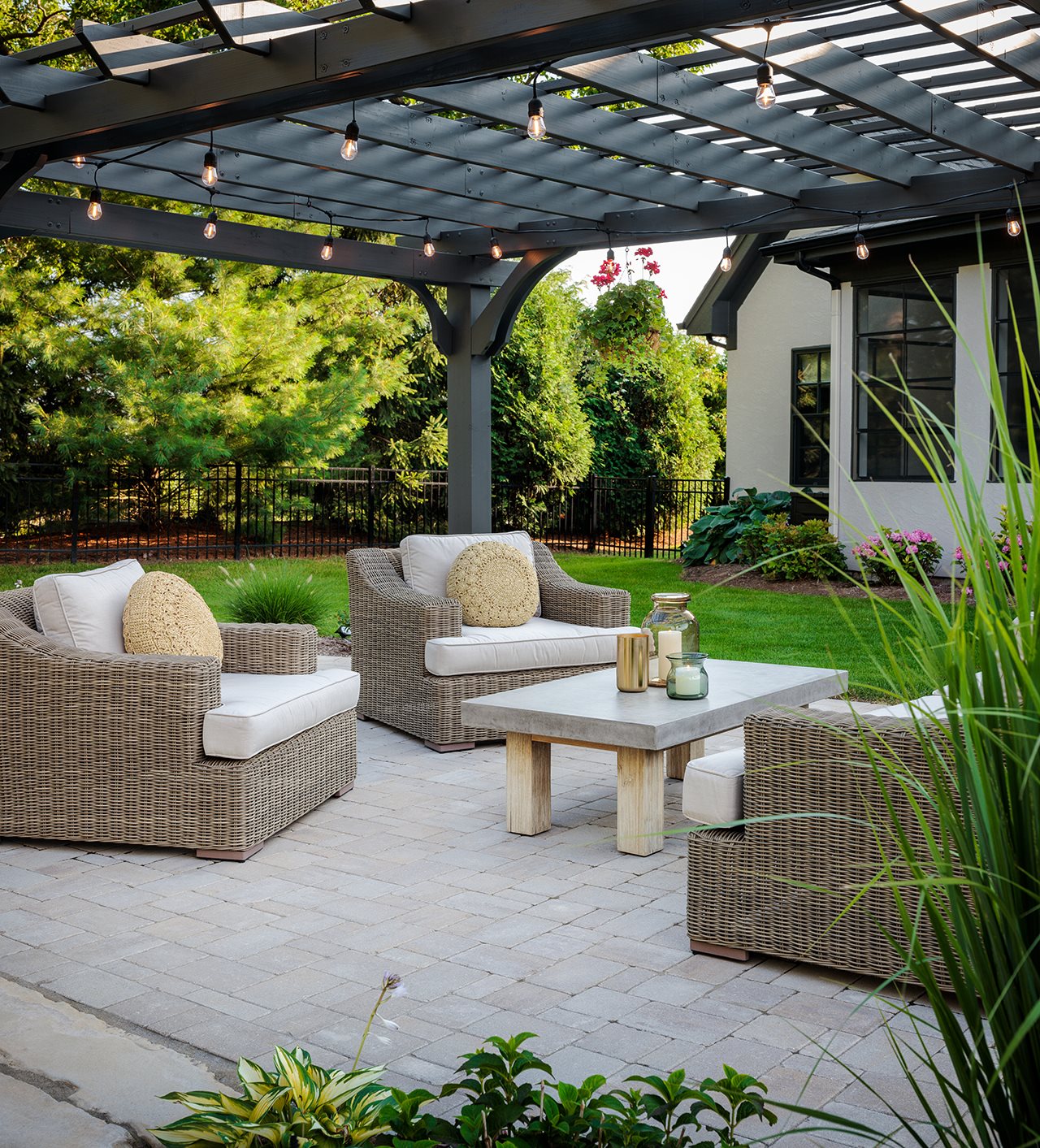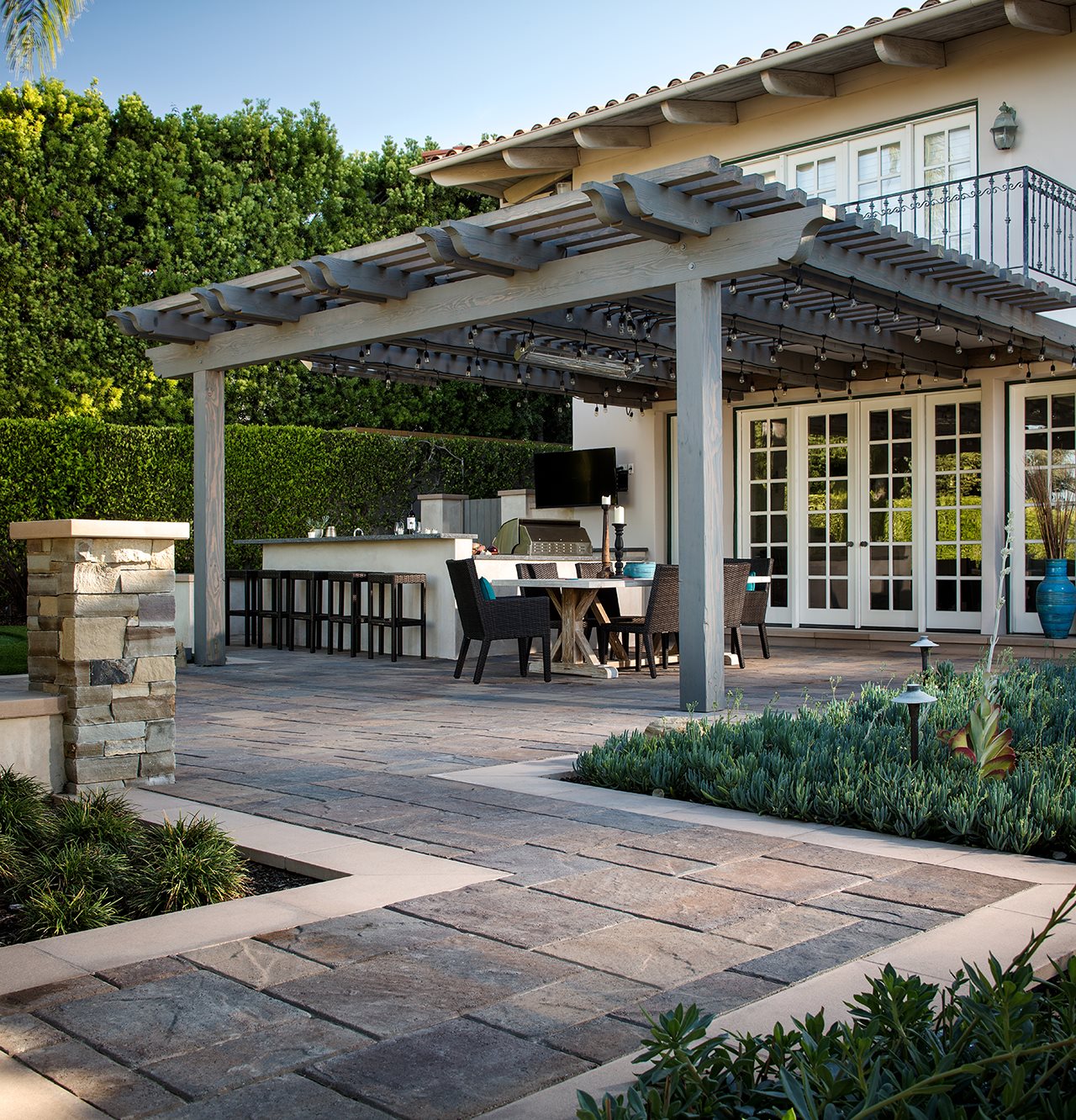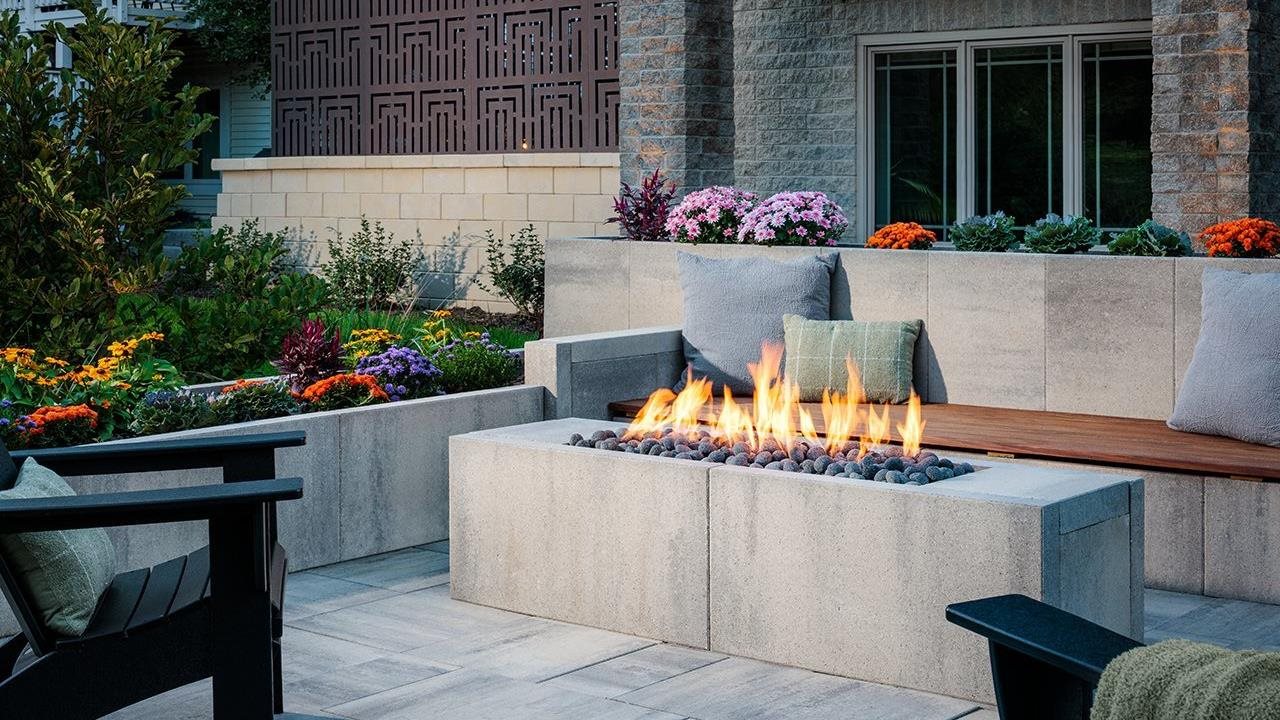2025-09-03T08:01:00
(BPT) – Your dream deck deserves expert craftsmanship. From the foundation to the finishing touches, there are many steps to consider. If you’re an experienced DIYer, you might tackle the project yourself. But the vast majority of homeowners will hire a pro to take your deck from concept to completion. To help you find the perfect pro for your project, the outdoor living experts at Trex recommend following six important steps.
1: Ask your neighbors
Tap your circle of friends, family and neighbors for referrals. Their firsthand experiences can help narrow your search. You can also get recommendations from local lumberyards, home centers and other decking materials suppliers.
2: Research experts online
Explore online directories and review contractor websites to compile a short list of prospective candidates. Look up reviews and ratings on platforms like Google, Yelp and HomeAdvisor, and check out their social media channels to get a sense of their projects and personalities.
3: Find a builder proficient with the materials you want to use
There is a wide range of decking materials — wood, composite, PVC, aluminum — and each comes with its own set of installation requirements and nuanced intricacies. Look for builders experienced in working with your preferred material. For instance, TrexPro® contractors are trained in building with composite decking. To find these professionals in your area, use the “Find a Builder” tool on Trex.com.
4: Vet prospects
Meet with several builders before booking to ensure you find one that is not only skilled but who also instills confidence and comfort. Pay attention to how quickly they return calls and answer emails. Ask targeted questions about their process and expertise. Trex offers a helpful guide for gathering bids that includes advice on what to ask a deck builder. Clear communication is critical. If a contractor seems reluctant to thoroughly explain their process, that’s a potential red flag.
5: Confirm contractor credibility
Make sure the builder you choose is licensed and carries the proper insurance to protect your home and the people in it. It’s also a good idea to reach out to previous clients to learn about their experiences. Ask questions like: Would you hire this builder again? Did you feel they listened to you throughout your project? Describe any difficulties or surprises along the way and how they were addressed. Was the job completed on time and on budget to your satisfaction?
6: Compare contractor estimates
Get written estimates from multiple contractors. Make sure they clearly outline the full scope of work and costs. You can never have too much information. Contractors with the most comprehensive estimates often understand how to avoid issues down the road. And remember, the least expensive bid is not always the best value.
For more tips on how to find the right deck builder for your project, visit Trex.com.
